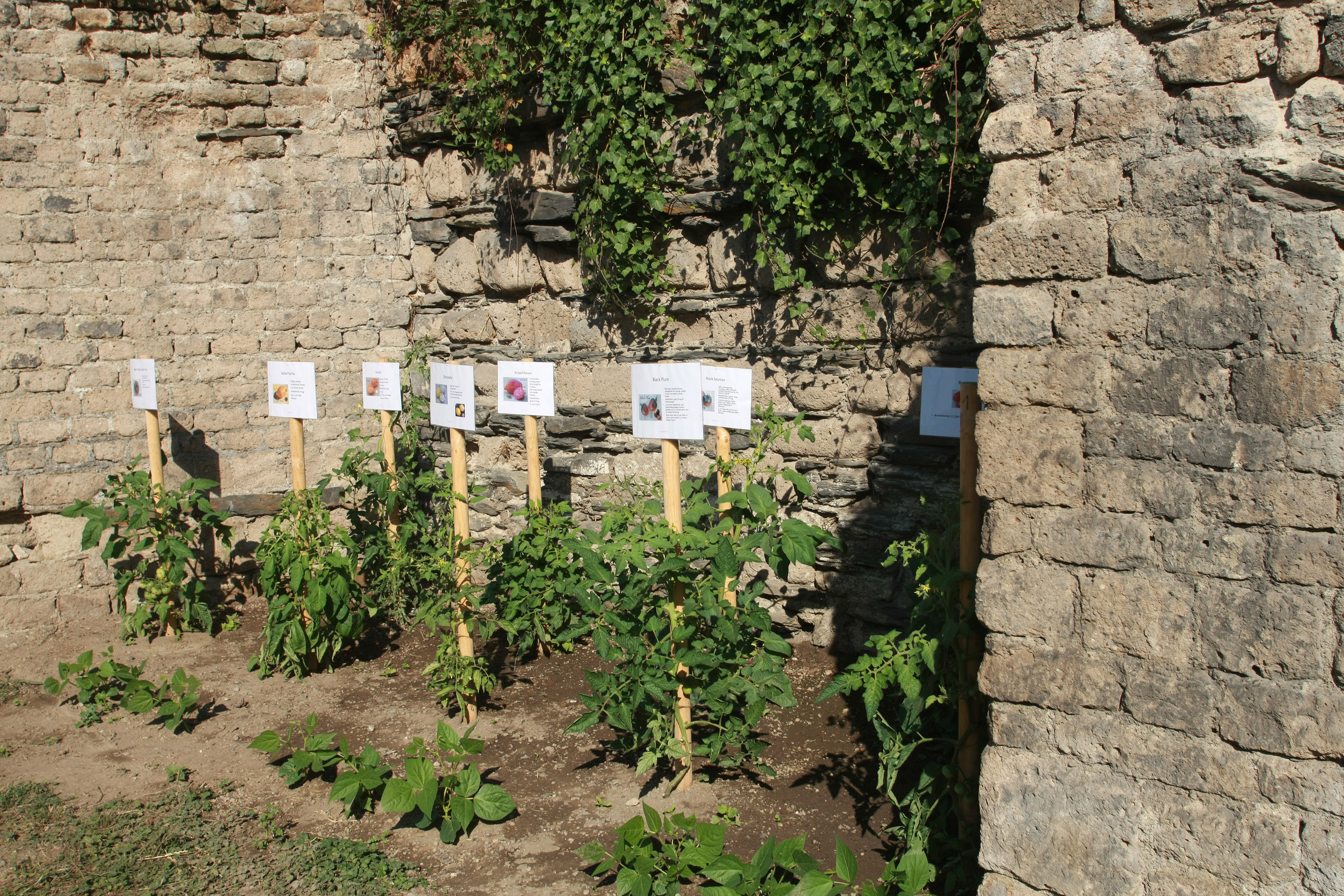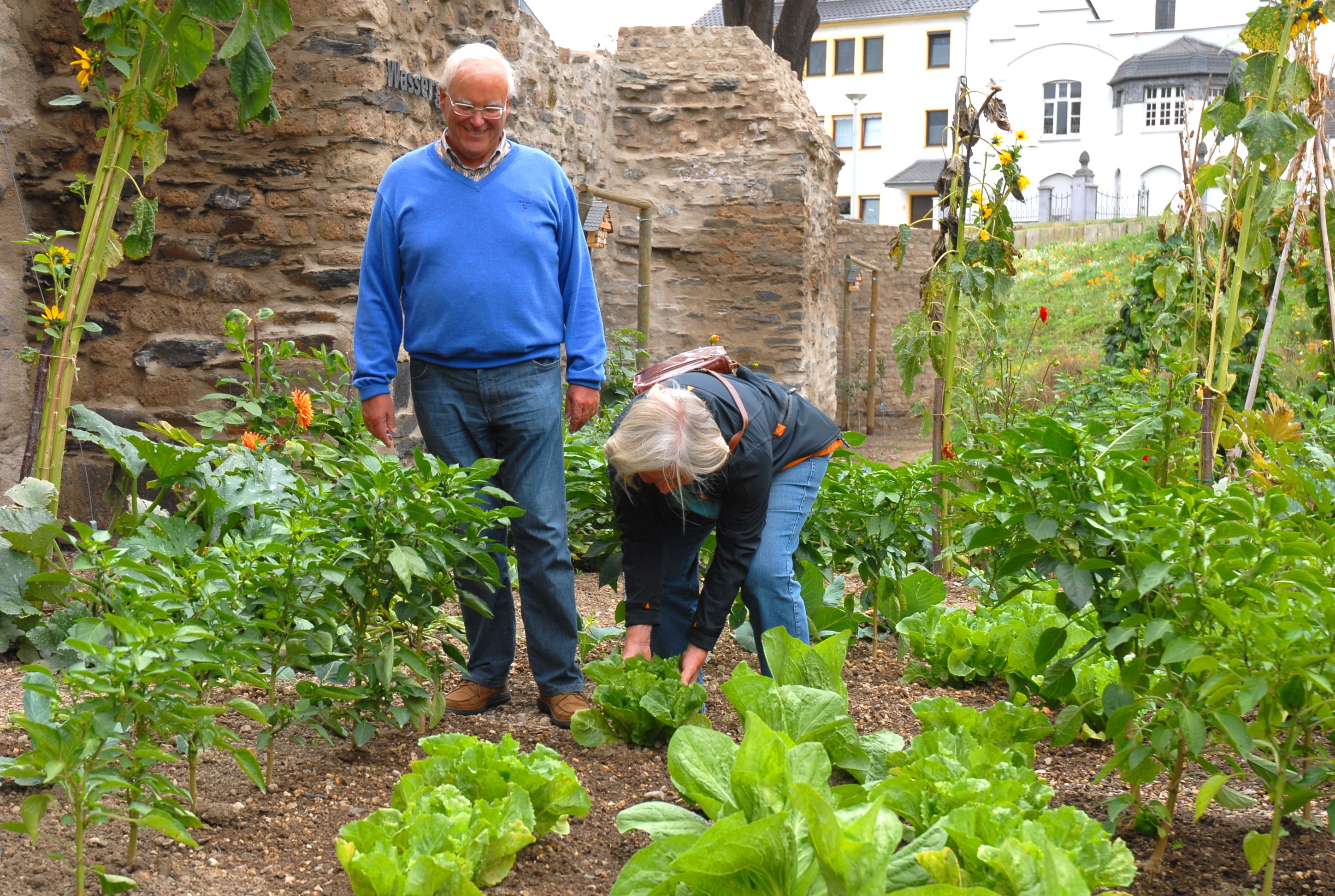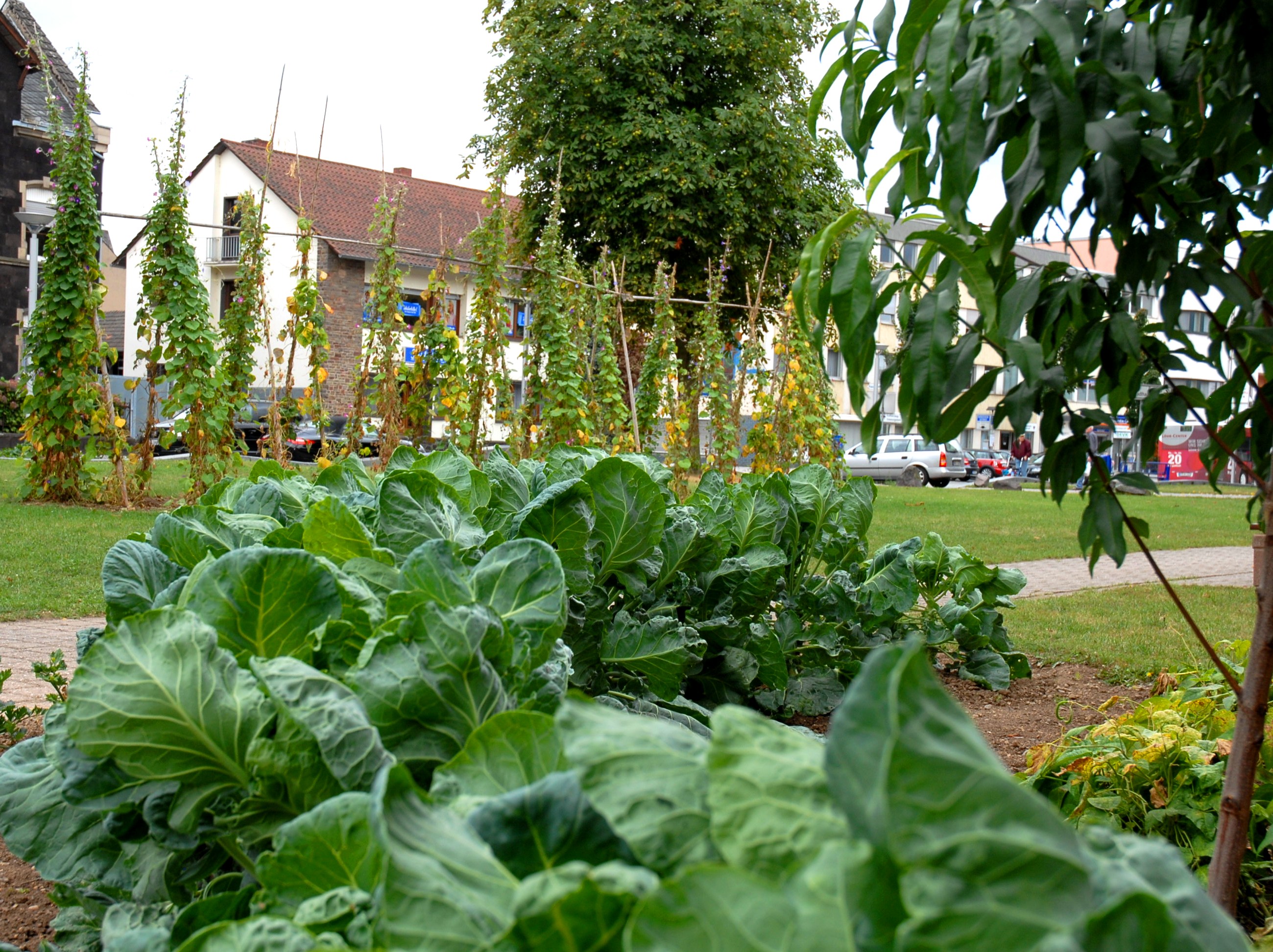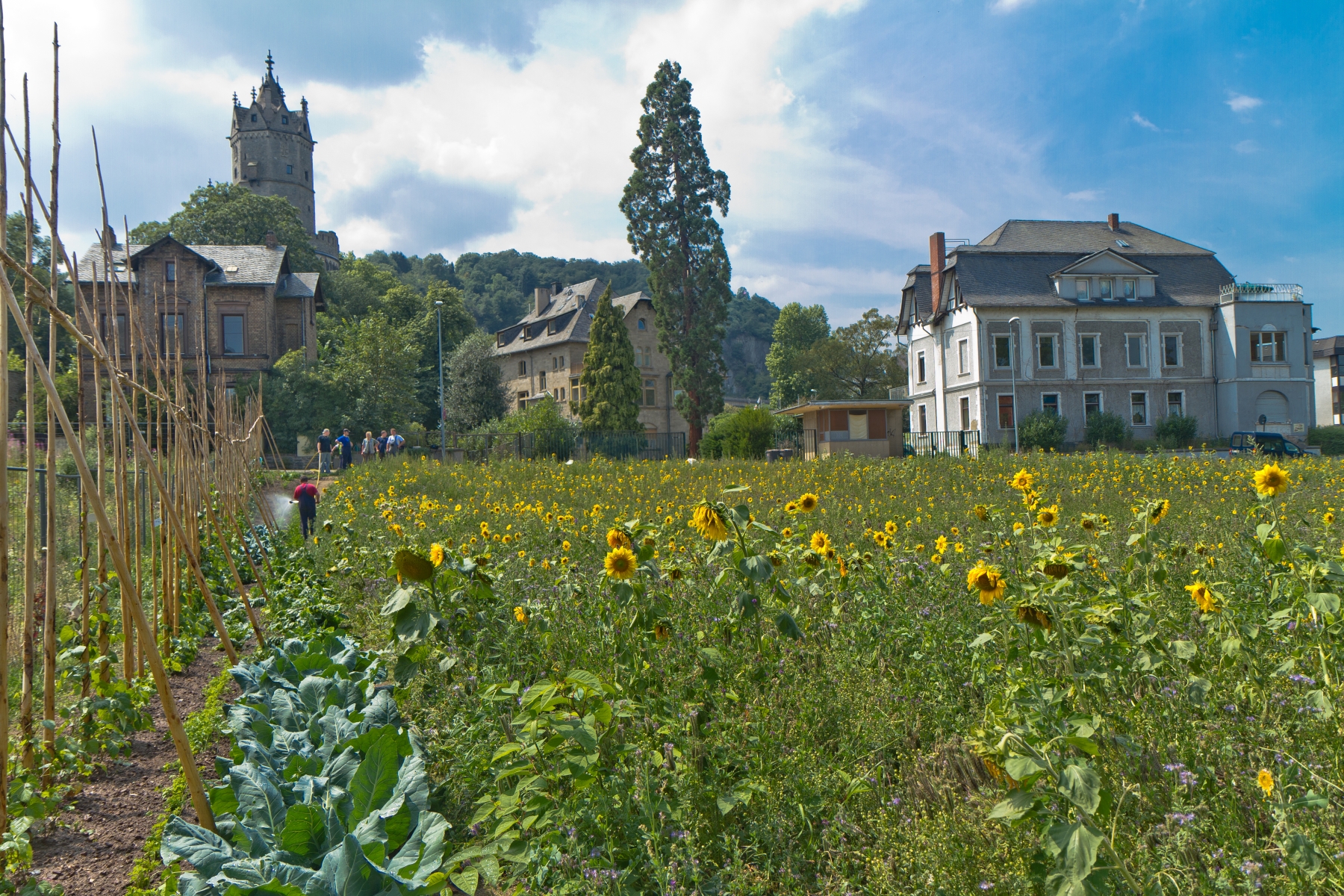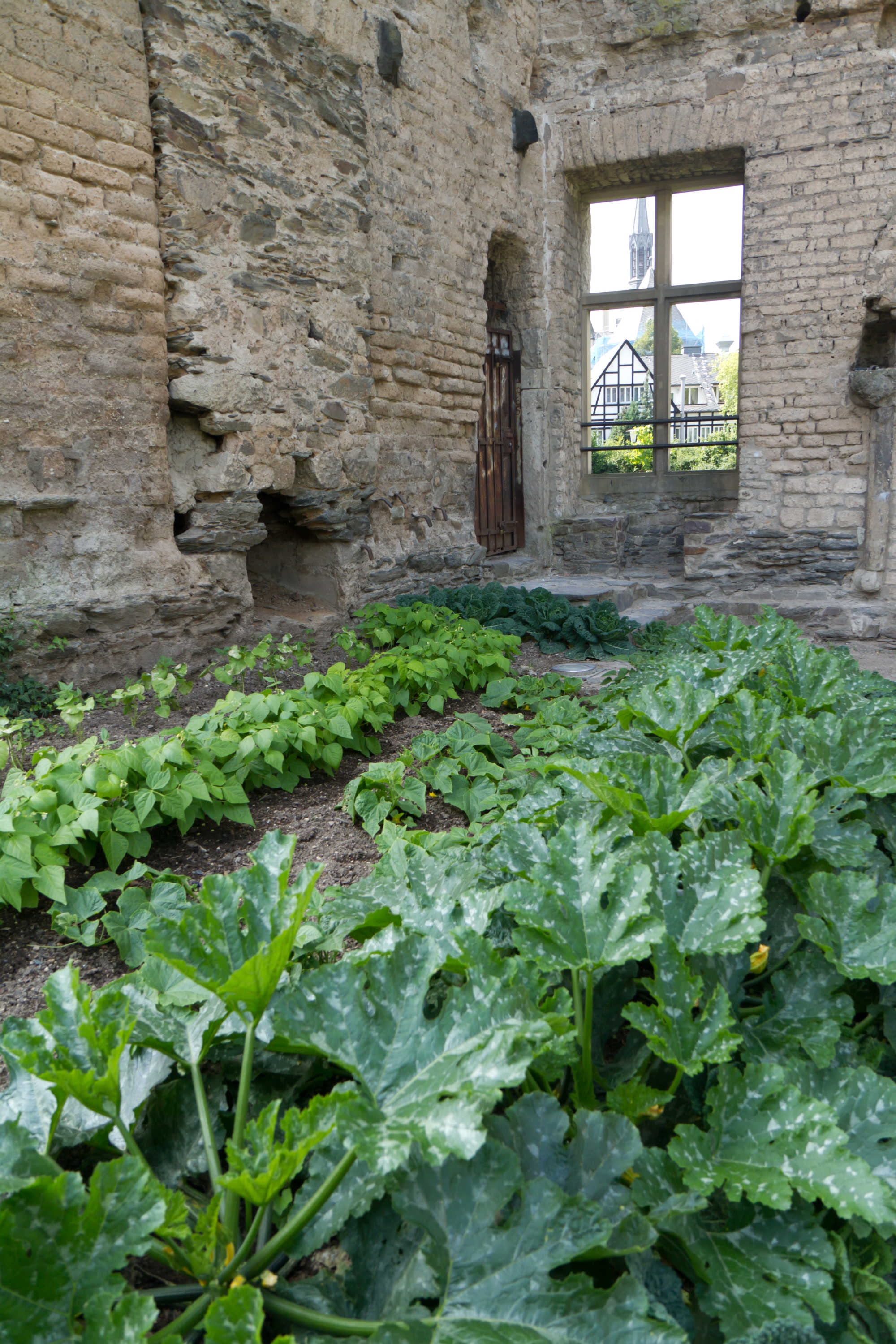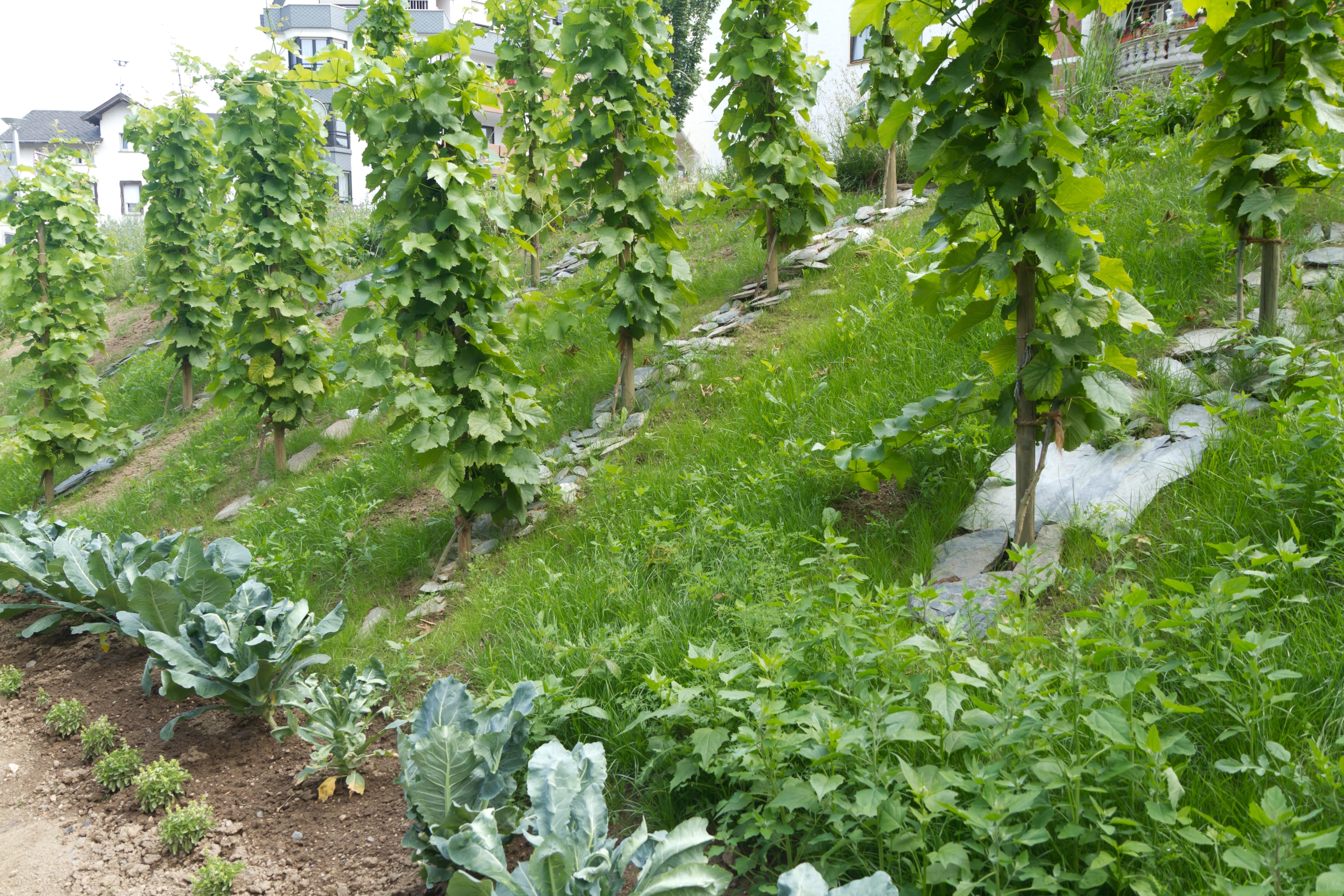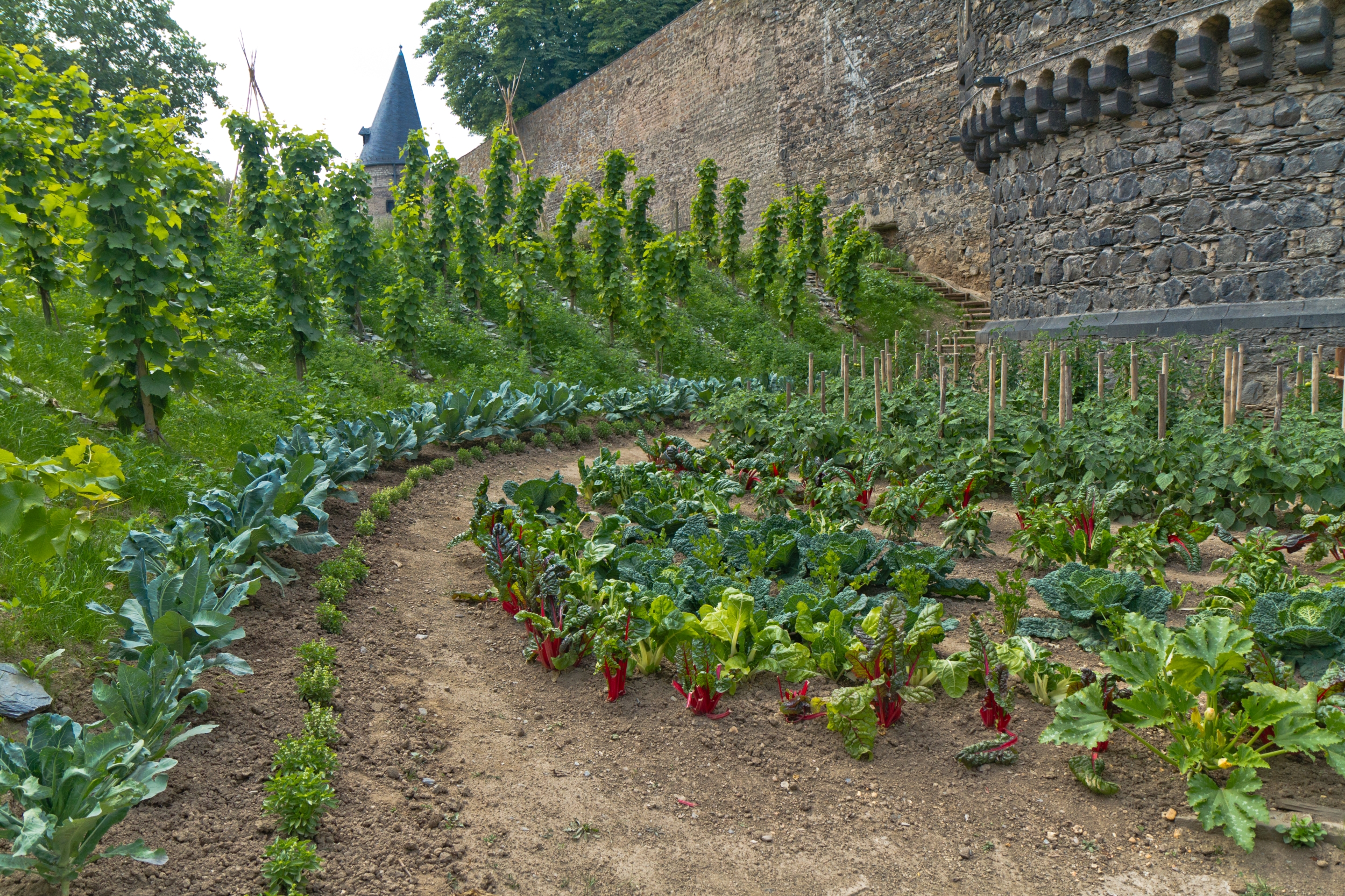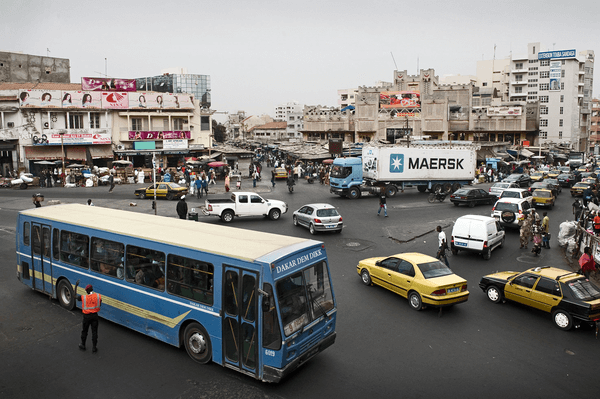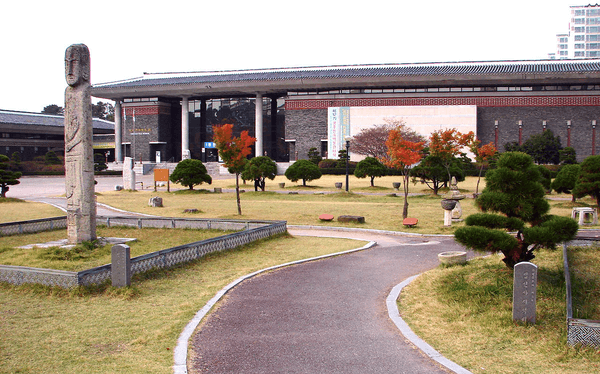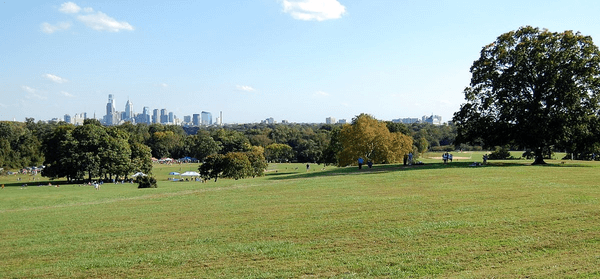City
Andernach
Main actors
City Government, NGO / Philanthropy
Project area
Whole City/Administrative Region
Duration
Ongoing since 2010
Not only is the city of Andernach creating more quality in public spaces, but with useful plants and extensive greening measures, it is providing a healthy town climate and promoting crop plant diversity while providing a welcome change in the menu for its citizens into the bargain.
The project, which is unique in Germany, was already launched in 2010 and has since continuously developed. It centres on an approach to the long-term and sustainable management of green spaces in order to make the city more lively, environment-friendly and differentiated. Here, sustainability and biodiversity form the basis for promoting urban agriculture and rouse the interest of the city’s inhabitants in more conscious and healthier eating habits. In this context, the integration of urban agriculture aspects in the city’s green spaces is a crucial element. By planting public vegetable beds that are not only accessible to everyone but can also be harvested by all citizens, Andernach has embarked on a new course. This peri-urban permaculture garden area enables the city to promote urban diversity in public spaces as well as socialising among its citizens.
Originally published by the International Community of Practice for Sustainable Urban Development CONNECTIVE CITIES: https://www.connective-cities.net/en/good-practice-details/gutepraktik/andernach-the-eatable-city-1/
External links / documents
On Map
The Map will be displayed after accepting cookie policy
